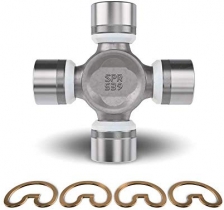-
Welcome to Tacoma World!
You are currently viewing as a guest! To get full-access, you need to register for a FREE account.
As a registered member, you’ll be able to:- Participate in all Tacoma discussion topics
- Communicate privately with other Tacoma owners from around the world
- Post your own photos in our Members Gallery
- Access all special features of the site
2nd Gen Regular v Mid-Grade v Premium Fuel Experiment
Discussion in '2nd Gen. Tacomas (2005-2015)' started by ziggynagy, May 19, 2015.
Page 2 of 3
Page 2 of 3


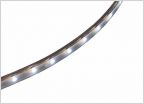 Flexible LED Strips
Flexible LED Strips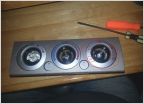 AC Control lighting question
AC Control lighting question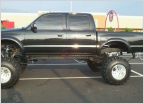 How'd you choose a lift?
How'd you choose a lift?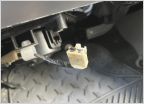 Fan only works on High AC/Heater
Fan only works on High AC/Heater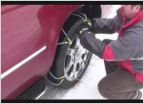 Best Snow Chains for 2014 TRD
Best Snow Chains for 2014 TRD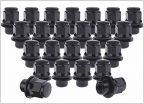 Sport wheel lug nuts
Sport wheel lug nuts
























































